The Resident Assessment Instrument (RAI)
The Centers for Medicare and Medicaid Services (CMS) created the Minimum Data Set Resident Assessment Instrument (RAI) Manual to offer guidance on effectively providing appropriate care for nursing home and other long term care residents.
The RAI manual consists of three areas: the Minimum Data Set (MDS), the Care Area Assessment (CAA), and the RAI Utilization Guidelines. This document offers clear guidance about using the RAI correctly and effectively to provide appropriate and individualized care for each resident. The whole process directs clinicians to track resident status changes, evaluate goals, and revise care plans.
An RAI is completed on each long term care resident in a Medicare and Medicaid-certified facility. The assessment is based on functional capabilities, which help facility staff identify health problems. The MDS 3.0 tool uses standardized protocols that include the individual resident in the assessment process. The individualized care plan is then developed as a resident’s path toward maintaining or achieving their highest level of well-being.
The CAA process assists in interpreting the MDS data by triggering associated care areas. If a care area triggers, providers use current and evidence-based clinical resources to assess the potential problem and create a care plan. The CAA process helps the provider to focus on the key issues identified in the assessment process to determine how to intervene. CAAs include nutritional status, feeding tubes, dehydration/fluid maintenance, and pressure ulcers/injuries to name a few.
MDS
The MDS includes screening, clinical, and functional status components, all utilizing standard definitions and coding strategies. It generates a comprehensive assessment for all residents certified to participate in Medicare or Medicaid in nursing homes. The MDS assessment document consists of subsets of data items for each MDS assessment type (Comprehensive, Quarterly, Discharge, etc.).
Section K
This section addresses conditions that may make it difficult for residents to maintain adequate nutrition and hydration. In most facilities, the registered dietitian nutritionist or nutrition and dietetics technician, registered will complete section K of the MDS. This includes answering questions on diet texture, chewing and swallowing issues, weight loss, weight gain, and interventions such as enteral or parental feeding, and therapeutic/mechanically altered diets. It is essential to have a thorough understanding of the resident’s condition to answer the questions accurately. One way to approach this is by discussing questions with the nurse, resident, certified nursing assistant/aide, speech-language pathologist, and/or the resident’s family member or representative.
What You Need to Know to Fill Out Section K of the MDS
You will need to know if any of the following affect the resident you are assessing:
- Spillage of liquids from mouth while eating or drinking
- Holding food in the mouth after meals
- Episodes of coughing or choking on foods or medications
- Report of difficulty or pain with swallowing
- Height/Weight
- Significant weight loss or gain
- Type of diet – therapeutic and texture
- Calories and fluid in parental, IV, and/or enteral feeding
Refer to our course, Minimum Data Set (MDS) RAI Manual for complete instructions with examples on how to code section K of the MDS.
What is the Process for Nutrition Professionals?
- Step 1: Complete section “K” of the MDS and any other section as designated by your facility ad within your scope of practice.
- Step 2: Complete the CAA process, which involves answering additional questions to formulate a plan of care.
- Step 3: Create an individualized care plan for the resident, including a care plan problem/concern and a goal with realistic interventions.
Plan of Care
The care plan addresses the concerns determined when completing the CAA to promote the resident’s highest level of function, improving where possible or preventing avoidable declines. You must have documentation to support your CAA decision. Documentation may be in the progress notes, assessments, consults, orders, or flow sheets. The final step is to enter the care plan problem/goal/approach into the appropriate section of the medical record.
Why is it Important to Code the MDS Appropriately?
The MDS assessment data calculates each resident’s Patient Driven Payment Model (PDPM) classification for reimbursement to the facility. The PDPM case-mix adjusted groups are determined using extensive information on the resident’s therapy and nursing needs, including activities of daily living (ADL) status, cognitive status, behavioral problems, and medical diagnoses. Coding Section K accurately will affect the PDPM score, including parenteral IV feedings/fluids and tube feedings. This is covered under PDPM non-therapy ancillary (NTA) services. Malnutrition is also captured using this system under the NTA comorbidity score calculation.
In summary, how the MDS is answered affects the facility’s reimbursement. If malnutrition is present but not correctly coded, the facility receives a lower reimbursement rate.
How Often is the MDS Completed?
The MDS is completed initially, annually, quarterly, and whenever a resident experiences a significant change such as a new pressure injury, significant weight loss, or insertion of a feeding tube.
Call to Action
- Find out what your responsibility is for completing the CMS MDS RAI.
- Review the CMS MDS RAI manual for further guidance.
- Ask your MDS Coordinator any questions regarding the RAI/MDS process.
- Take our “Minimum Data Set (MDS) RAI Manual” course for comprehensive solutions for filling out the MDS.



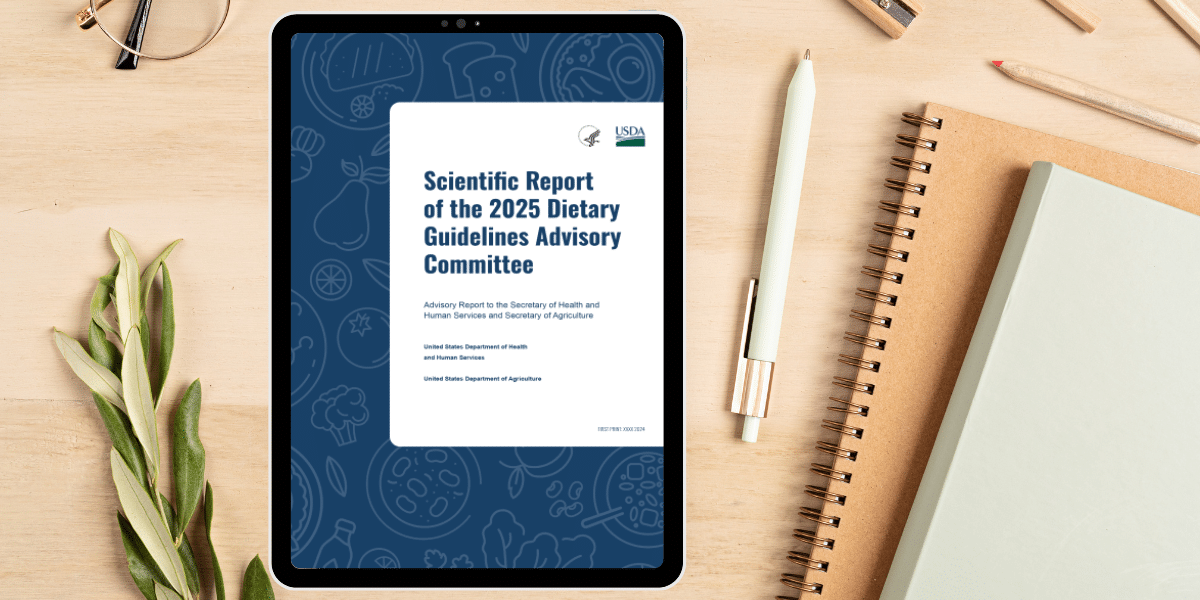
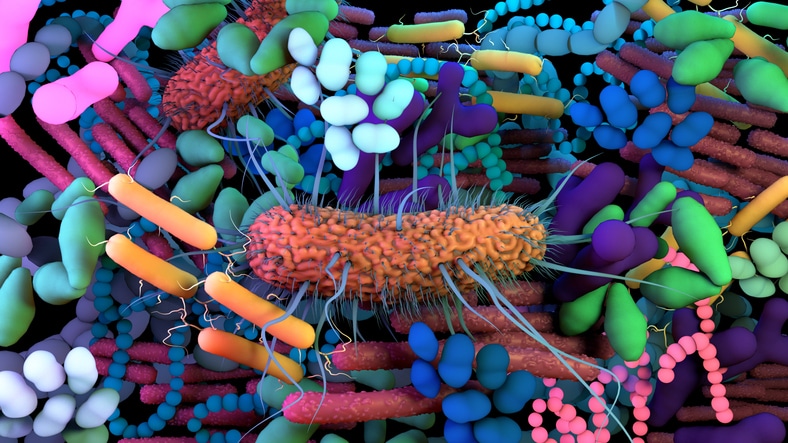


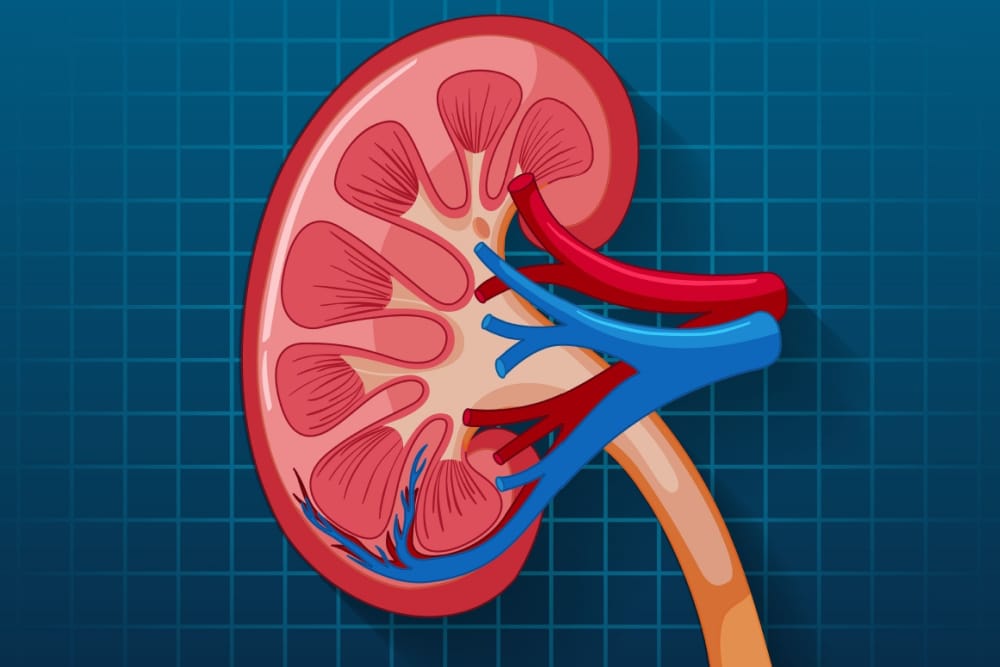

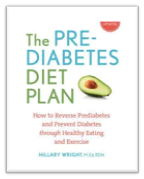
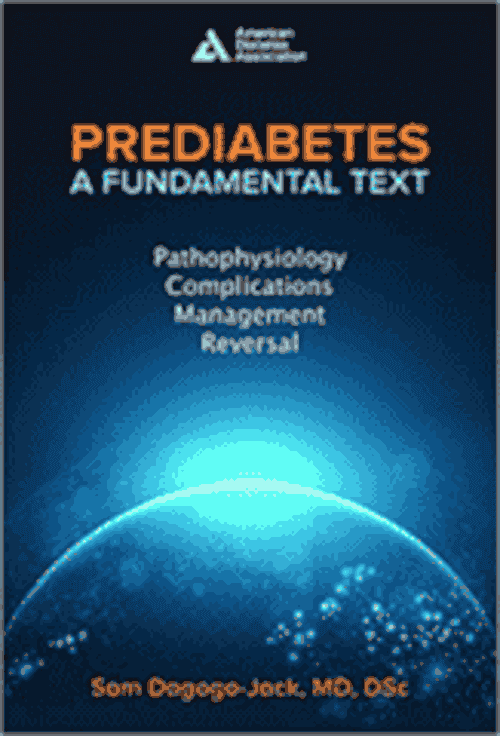
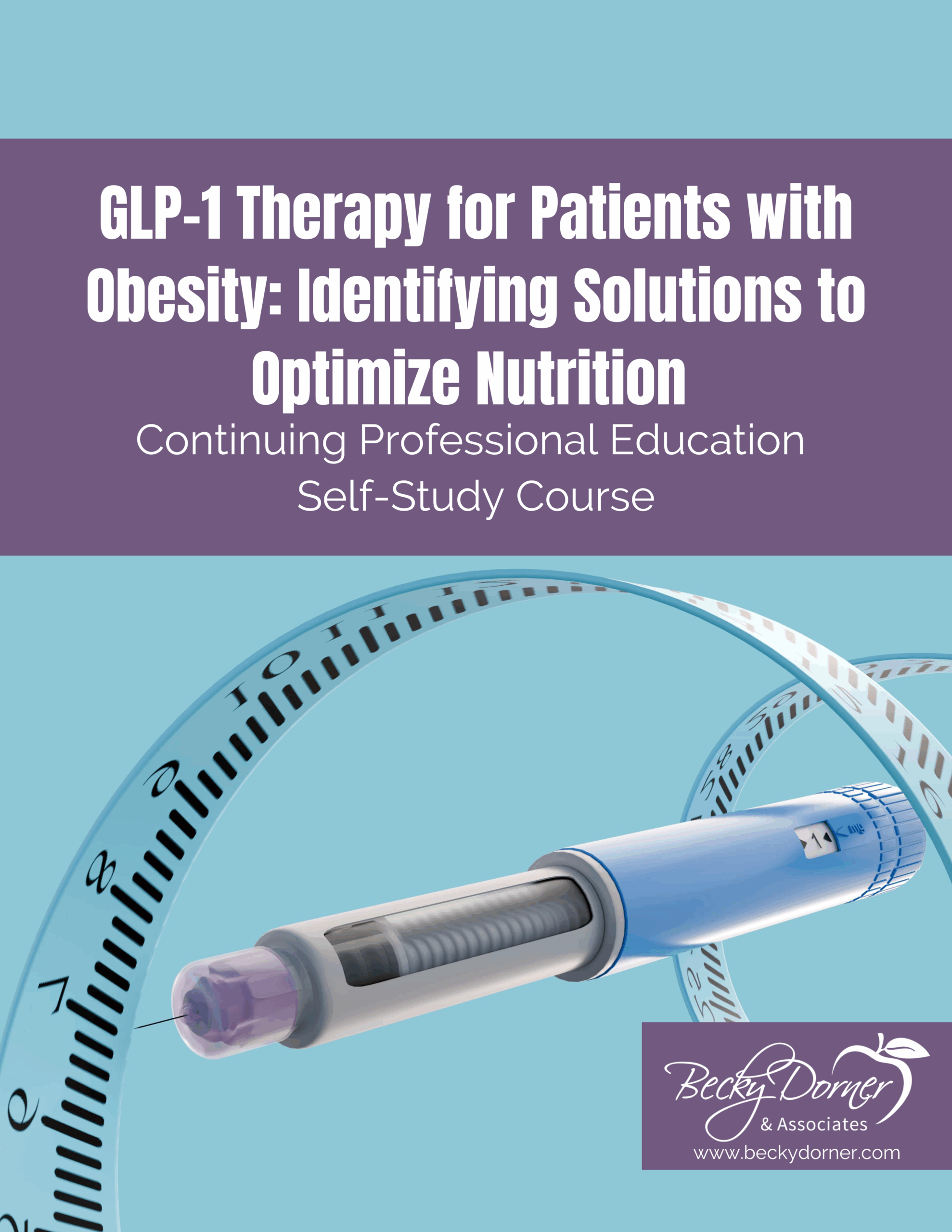



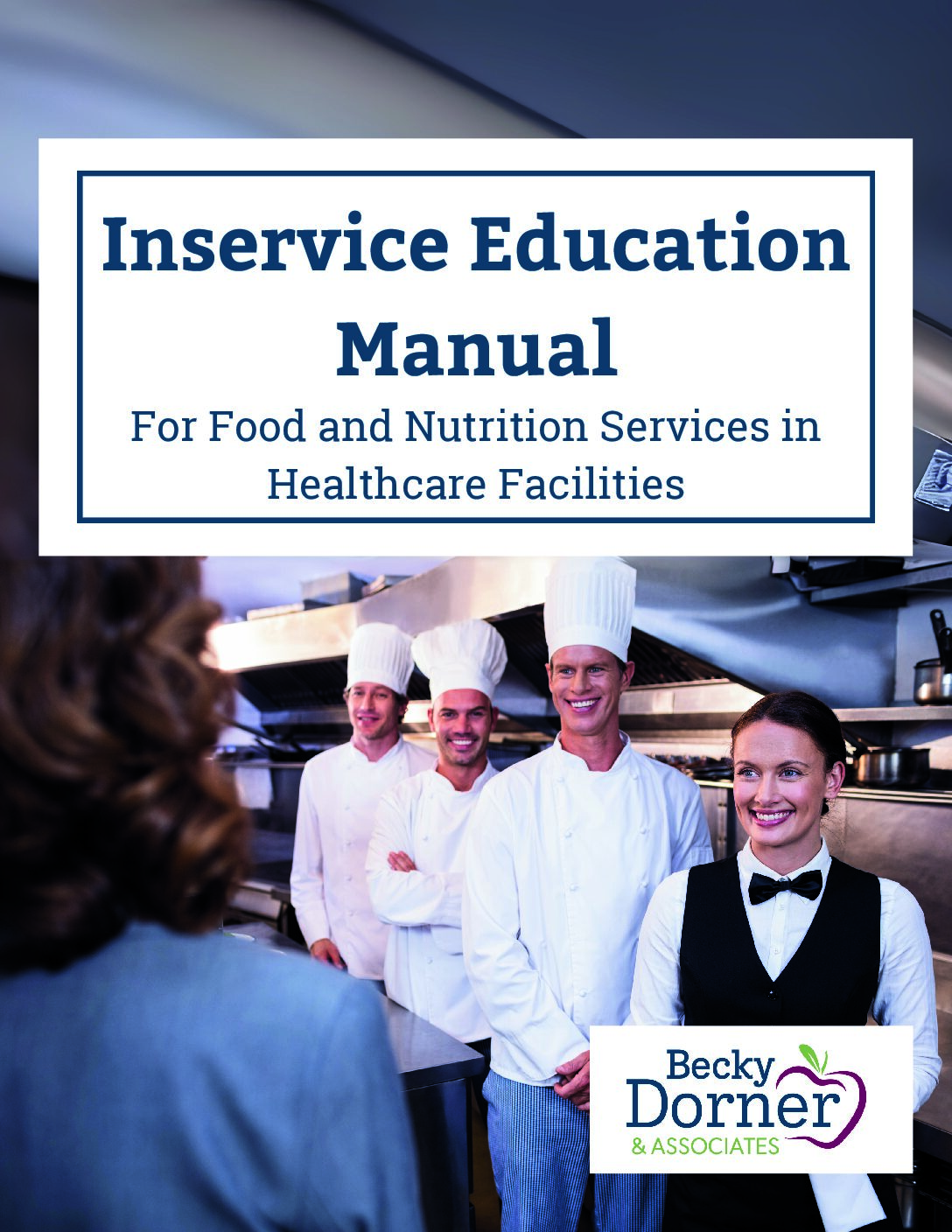
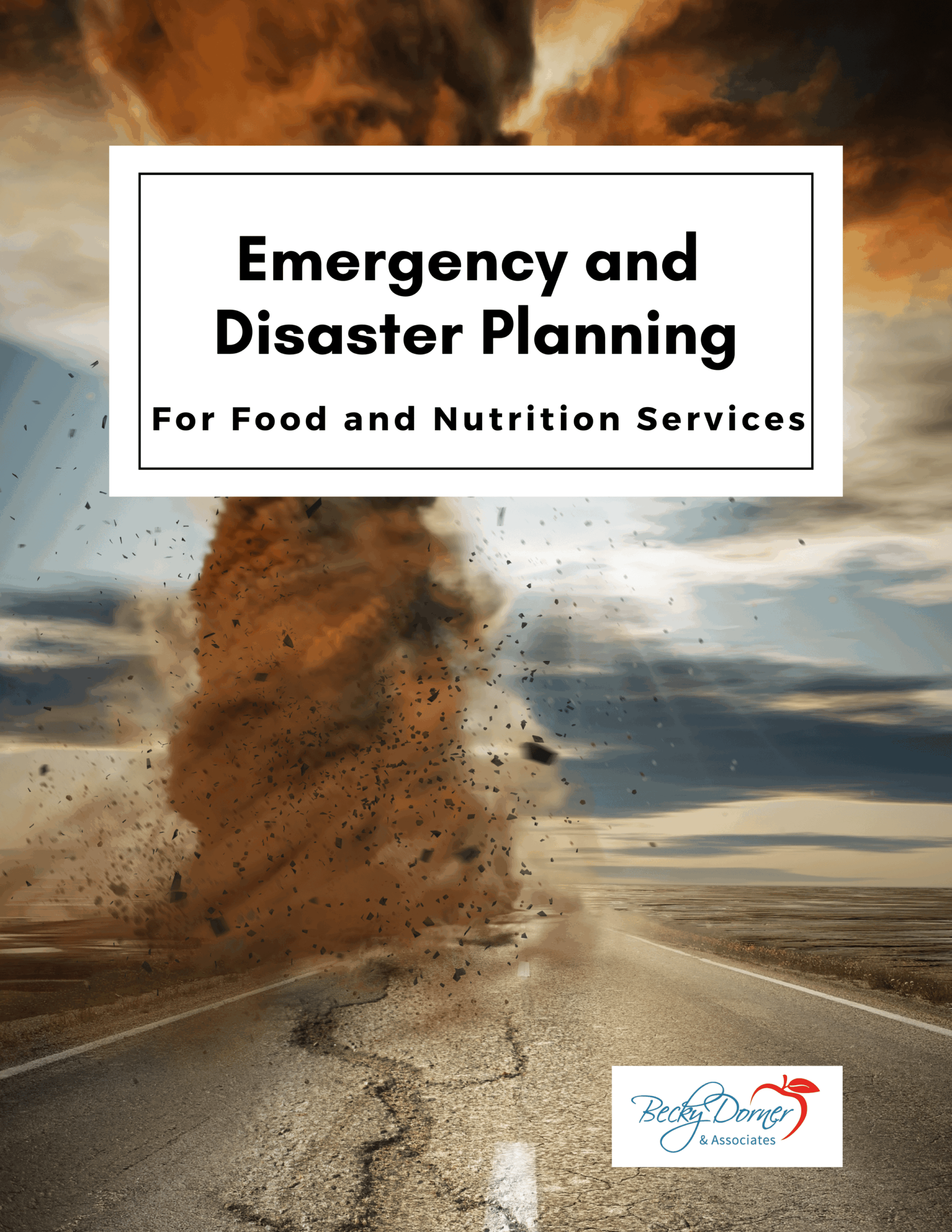
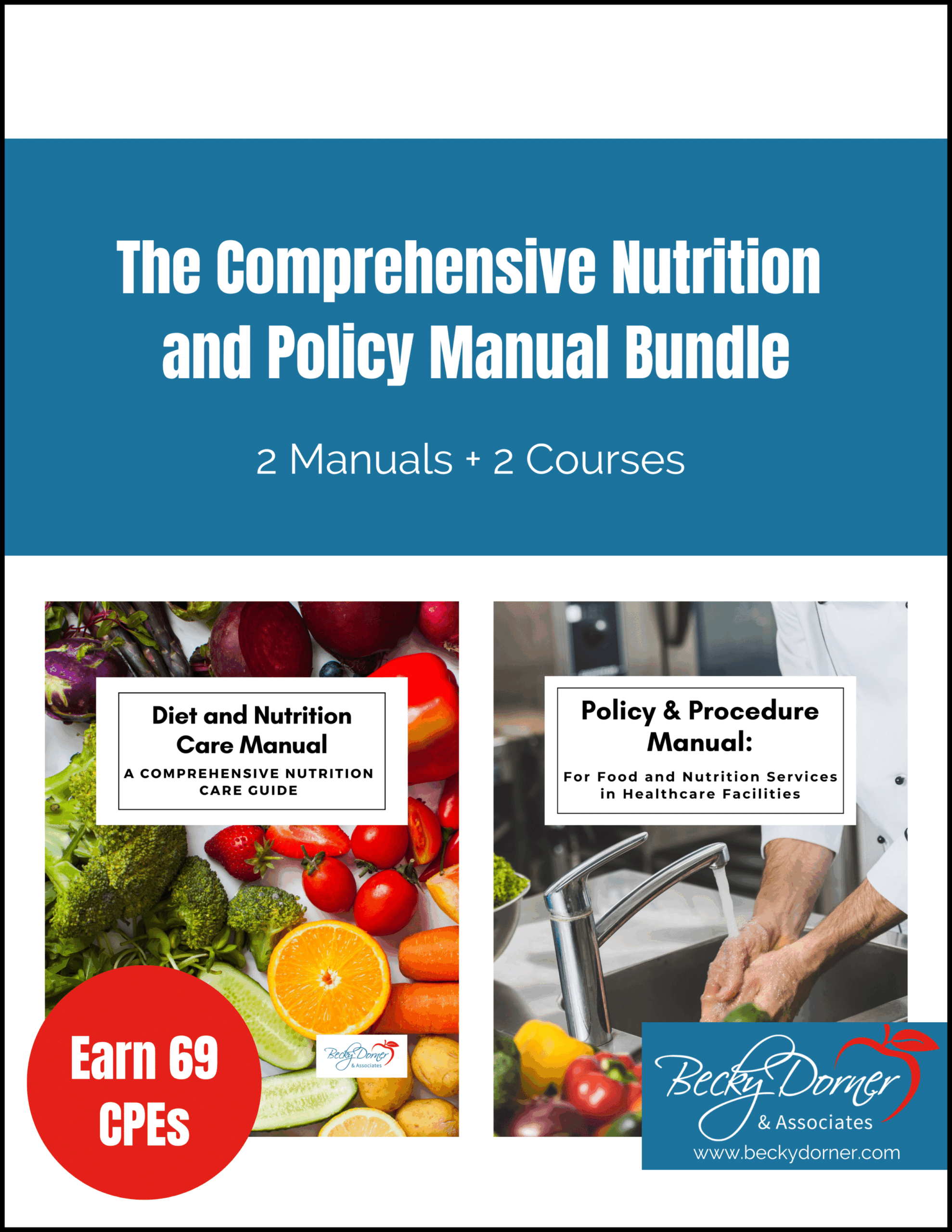
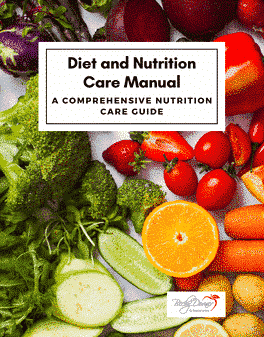
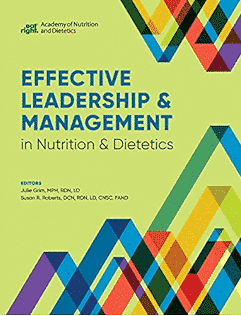


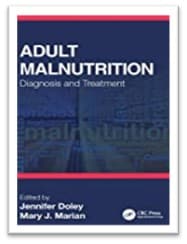

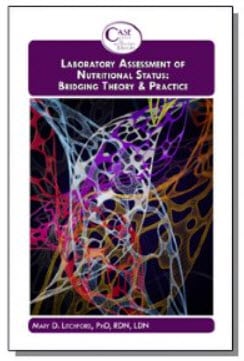
Connect With Us